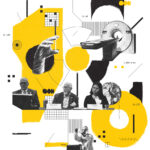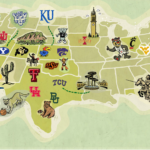It’s long been known that credit cards encourage spending. But little research has been done to find out why that’s the case. One prevailing thought is that credit cards act to “release the brakes” on spending by removing the pain of payment. Another hypothesis is that they “step on the gas” by creating a craving to spend. A new study put those two theories to the test by imaging people’s brains while they made credit card purchases.
U assistant professor of marketing Sachin Banker and MIT professor Drazen Prelec used fMRI technology to look at the brain at the moment of purchase. Participants used their own personal credit card or cash to make real purchases of everyday products.
The researchers found that credit cards serve to “step on the gas” by creating a craving to spend, regardless of the price of the product. More specifically, the study revealed that credit cards drive greater purchasing by sensitizing reward networks in the brain, involving the striatum, which is the same dopaminergic reward center that is exploited by addictive drugs like cocaine and amphetamines.
“Billions of financial transactions each year involve cash and credit cards, so any neural differences in the ‘buy’ processes that drive decisions are multiplied to a high degree,” Banker says. “By identifying how credit cards shape neural processes involved in making purchase decisions, we spotlight brain mechanisms that could be exploited by new payment methods as they evolve.”




Comments
Comments are moderated, so there may be a slight delay. Those that are off-topic or deemed inappropriate may not be posted. Your email address will not be published. Required fields are marked with an asterisk (*).